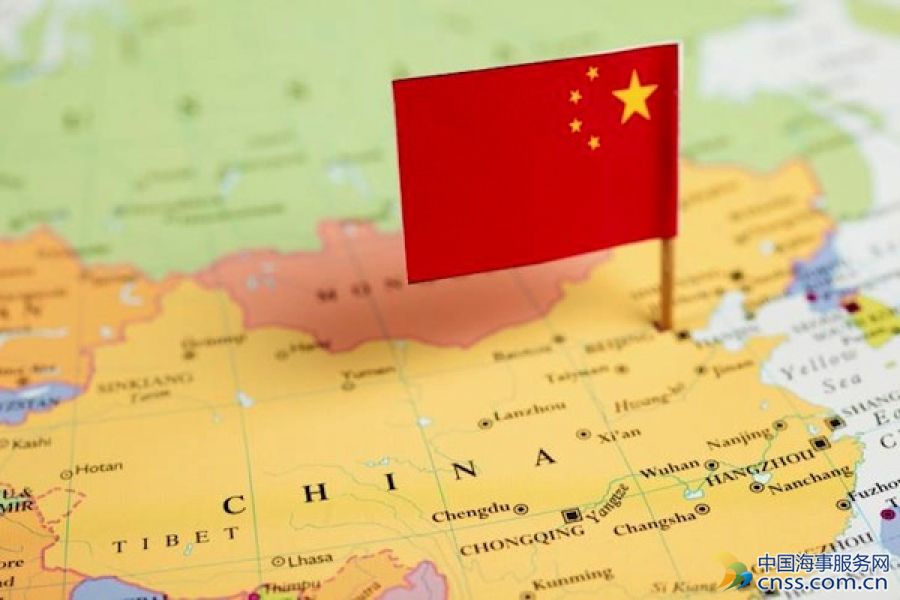China’s ‘white list’ shipyards in need of a better policy direction

Readers who have been following Seatrade Maritime News coverage of China’s shipbuilding market would be familiar with the country’s shipyard “white list” and the meaning behind this policy, introduced back in September 2014.
When Beijing released three batches of Chinese shipyards names between September 2014 to December 2015 that made the white list, totalling 71 of them now, official statements had stated no reasons as to why the yards were selected.
Seatrade Maritime News understands from industry observers that the selection was made by yards themselves sending representatives to assess compatriot yards, then made recommendations to the relevant authorities on whether their competitors can qualify for the white list. Such assessments, of course, are supposed to be strictly neutral and based on passing a set of requirements that were never made public by the government.
Amid the ongoing recession of China’s shipbuilding sector, several of the white list yards over the past recent years have either ceased operations or declared bankrupt, perhaps prompting Beijing last week to say it will tighten the policy – in other words, weed out the less capable white list yards.
This begs the question on whether the white list policy was carefully thought out in the first place, and whether the policy has any effect at all since its introduction.
To reiterate, Beijing stated that the white list shipyards could benefit from prioritised policy support and gain easier access to domestic bank credit facilities, but ultimately the banks will make their own assessments on whether to extend any loan. A source from a privately-owned shipyard in China told Seatrade Maritime News earlier that the white list status for many private enterprises has “no meaning”, and the policy is liken to an “exclusive club” meant for a handful of yards, mostly state-owned, to take this stamp of quality to be in a more favourable position to negotiate with the banks.
Looking through the 71 white list yards, 42 are privately-owned enterprises and 29 are state-owned. But by now, around 10 of them - all private yards - will soon be dropped from the list.
The white list privately-owned yards that have ran into troubles ranging from declaring bankrupt to suspending operations and facing tight cashflow to retrenching workers, included China Huarong Energy (former Rongsheng), Sinopacific Offshore & Engineering, Mingde Heavy Industry, Sainty Marine, Zhenghe Shipbuilding, Zhejiang Shipbuilding, Yantai CIMC Raffles Offshore, Yangzhou Dayang Shipbuilding, Yangfan Shipbuilding, Jiangsu East Marine Equipment (JEME).
These are names known to the media for facing troubles, and it should not be surprising that there are more white list yards having problems in view of the severe slump of the shipbuilding sector.
The case of JEME has perhaps exposed the sloppiness of the white list policy, as JEME was dropped from the list in September 2014 shortly after the policy was introduced, then reinstated to the list in January 2015. No reasons were given by the government on removing and reinstating JEME.
Beijing has probably realised that without being more clear on the white list policy, it is in effect a meaningless status. China’s Ministry of Industry and Information Technology last Thursday unveiled that the listed yards will be strike off if they have not for more than one year delivered any ship, received new orders or started construction on a new vessel. Those yards that have suspended operations, declared bankrupt and entered into debt restructuring will soon be removed as well. And once a yard is removed from the list, it is unable to apply to be on the list within the next two years – case in point for JEME.
What will clearly pan out going forward is a trimming of the 71 white list shipyards, likely down to around 50, taking into account a handful of mergers among various subsidiary yards of state-owned shipbuilding groups.
The shrinking number of white list yards also serves to let others be aware of which Chinese yards are still in business, but to say those that remained on the list have prioritised access to domestic bank loans should yet be taken seriously.
HEADLINES
- Do shipping markets want Biden or Trump for the win?
- All 18 crew safe after fire on Japanese-owned tanker off Singapore
- Singapore launching $44m co-investment initiative for maritime tech start-ups
- Cosco debuts Global Shipping Industry Chain Cooperation Initiative
- US warns of more shipping sanctions
- China continues seaport consolidation as Dalian offer goes unconditional